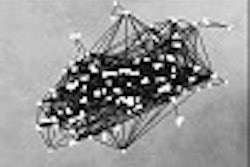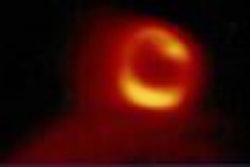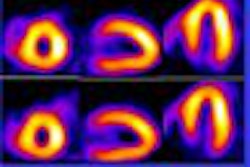Atlas of Head and Neck Imaging: The Extracranial Head and Neck by Suresh K. Mukherji and Vincent Chong
Thieme, New York, 2004, $169
Atlas of Head and Neck Imaging is a well written, concise review of numerous disease processes affecting a region that many consider to be difficult to tackle. This text is suitable for the resident, who is trying to grasp the breadth of pathology in the head and neck, as well as for the general radiologist who seeks to improve his or her accuracy and confidence in interpreting CT and MR exams of the head and neck.
The text is nicely organized into sections based on the classic anatomic compartments of the head and neck. The tab markings on the margin of each page make it easy to find what you are looking for.
A short introduction of each anatomic space is provided in these sections. Each disease process is then systematically outlined and discussed including epidemiology, clinical findings, and treatment. Imaging findings are usually subdivided by modality and may also include surgical/pathological slides and endoscopic pictures.
The "pearls" portion of each section is followed by a few extremely useful reading suggestions, such as landmark studies on that particular disease process, or publications to seek out for more information.
Each disease process discussion is superb and well illustrated, with outstanding up-to -date digital quality images, which are often complemented by informative schematic illustrations.
I especially appreciated that histologic disease processes are not brushed over in a single chapter, but discussed in detail over several. For example, squamous cell carcinoma is mentioned in 16 various chapters with such details as location, spread, and therapies.
This book also puts a priority on what "must be described in the reports and will directly affect the treatment and management of patients." This emphasis on medico-legal issues, as well as what we need to do to keep referring physicians and patients happy, is of utmost importance.
This book does not address diseases affecting the orbits, sinuses, temporal bone, or skull base. Despite this limitation, I whole heartedly endorse Atlas of Head and Neck Imaging for its wealth of knowledge, easy-to-read format, and excellent illustrations.
By Dr. David DanielsonAuntMinnie.com contributing writer
March 18, 2004
Dr. Danielson is the chief resident in radiology at Madigan Army Medical Center, Fort Lewis, WA.
The opinions or assertions contained herein are the private views of the author and are not to be construed as official or as reflecting the views of the Department of Defense.
The opinions expressed in this review are those of the author, and do not necessarily reflect the views of AuntMinnie.com.
Copyright © 2004 AuntMinnie.com



















